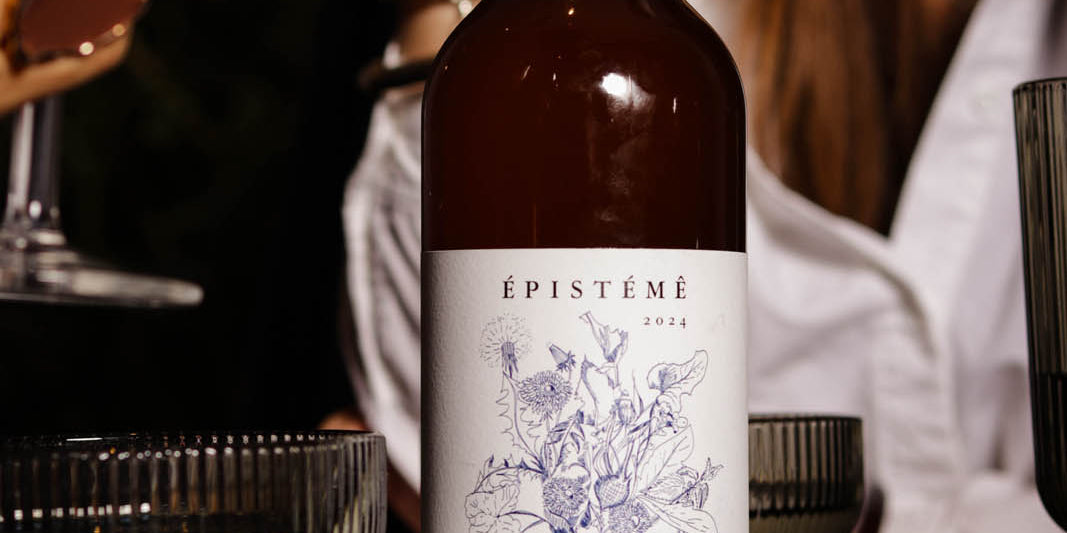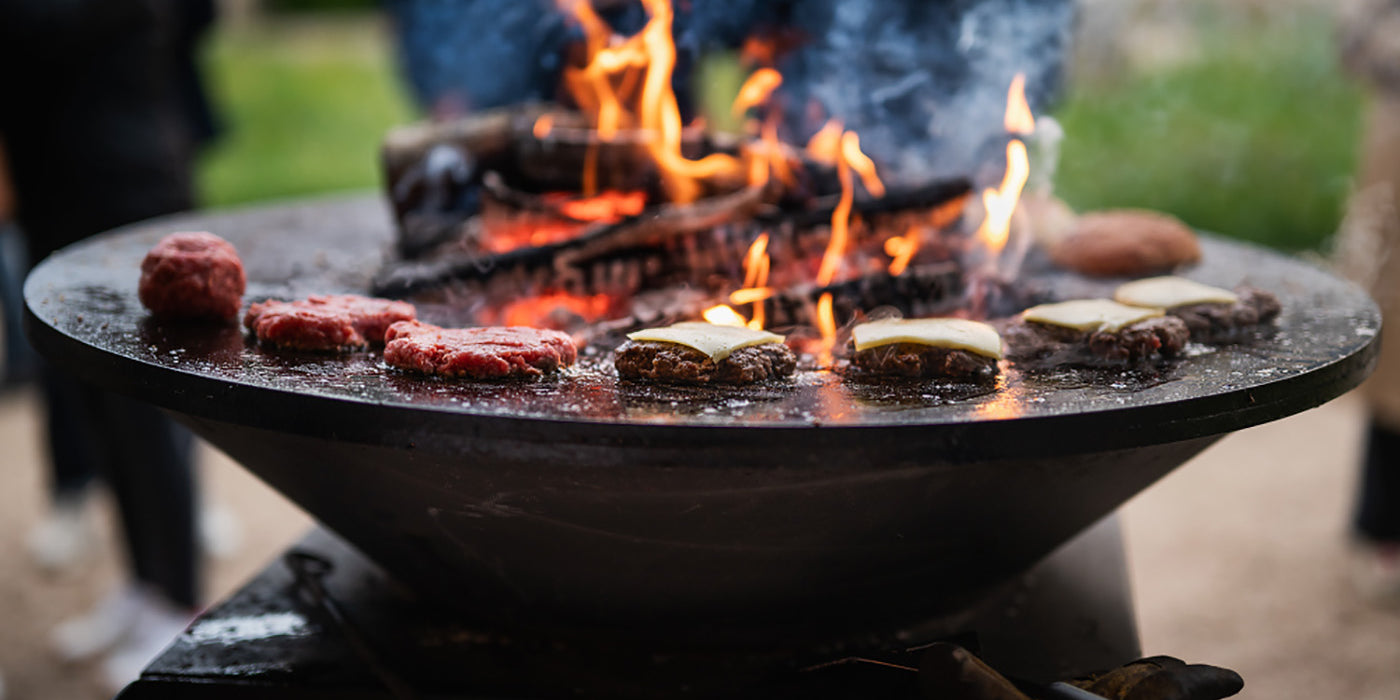Kobe beef is world-renowned and coveted in the culinary world. Its marbled, highly marbled meat, incredibly tender to the point where it melts in the mouth, has enthusiasts around the world salivating. The trend arrived in Europe and the United States about ten years ago when Japan authorized its export. Top chefs flocked to it like thousands of migrants to America for gold in the last century. I have another suggestion for you. More local, sustainable. A little less snobbish, too.

The animals' diet has a significant impact on the meat's taste. It's a key factor. Kobe beef is no exception. The cattle are fed fresh grass and milk for the first seven months. Afterward, they are given a diet of grain and rice straw. All the talk about massages or classical music is of lesser importance.
In Saint-Martin-de-Commune, we feed our cows the delicious grass from the farm's meadows. My cows are raised outdoors and enjoy the meadows from April to November. In winter, we feed them hay, cereals, and rapeseed meal grown on our plots. For over a year, we've been supplementing this diet with a process that's both healthy and nutritionally beneficial.

This is a story about Jean-Claude(s). Jean-Claude is my partner on the farm. But I have a partnership with another Jean-Claude, the one from Brasserie de France, in Beaune, for the production of my beers. When brewing a beer, the cereals are mixed and crushed with hot water. Once the wort is filtered, the cereal residue remains. This is called spent grain. A particularly protein-rich material, rich in fiber and minerals. A perfect feed to feed my cows.
Every week, Jean-Claude from the farm visits Jean-Claude at the brewery to collect the barley and wheat grains from their production. He then distributes them daily, with precise dosages, to our cattle. This unique fattening process provides a significant amount of stable protein to the rumen, with a positive effect on digestion. My cows love it.
 Steaming lager beer dregs © Benjamin Schmidt (Studio 415)
Steaming lager beer dregs © Benjamin Schmidt (Studio 415)
It may seem like a banal, simple gesture. That's exactly it. Farmers have a worldview based on simplicity and common sense. Far from the Metaverse, we are in a virtuous circle. A self-sufficient farm is the Holy Grail for any free and independent farmer.
Healthy breeding for healthy and tasty meat. As for tasting, I always recommend minimal seasoning to accompany it. It's so delicious with just a little preparation. No need for fuss when you want to respect the product. Its flavor is delicate, intense, and persistent on the palate. I very often find buttery notes that remind me of a nice Meursault.
The virtuous cow. Now that's a name I'd like to claim! Livestock and meat production don't enjoy the same reputation as Burgundy wines. The trend is to avoid meat. This is a very good thing. As a child, roast meat was reserved for Sundays.

The problem doesn't stem from French livestock farming, which is the most virtuous and respectful of animals in the world. The problem stems from the blatant lack of education among consumers, who only buy and eat ground beef, combined with France's colossal imports of cattle and poultry.
You can order Kobe beef on Amazon. You can order Virtuous Cow at armandheitz.com.
Armand Heitz









